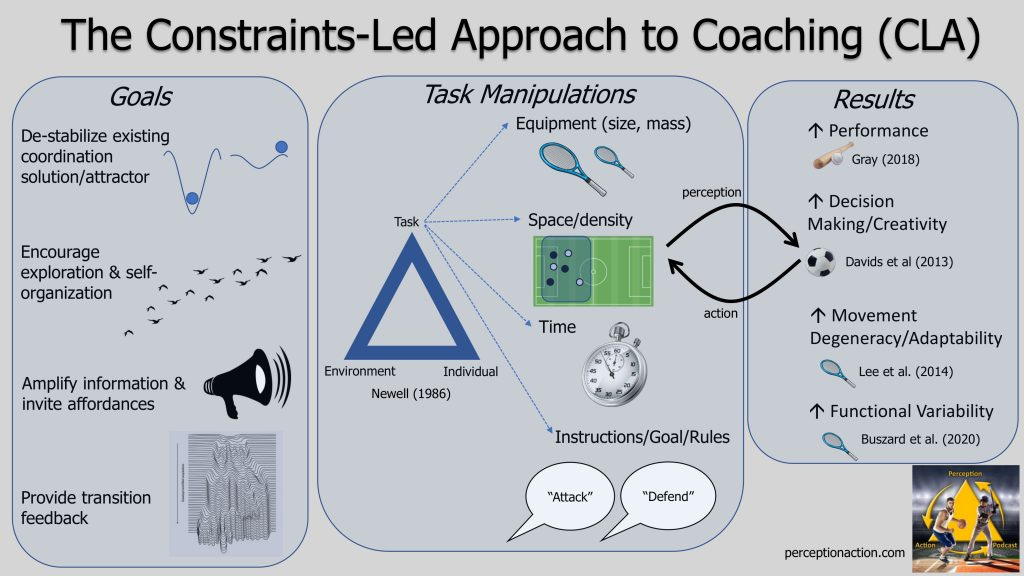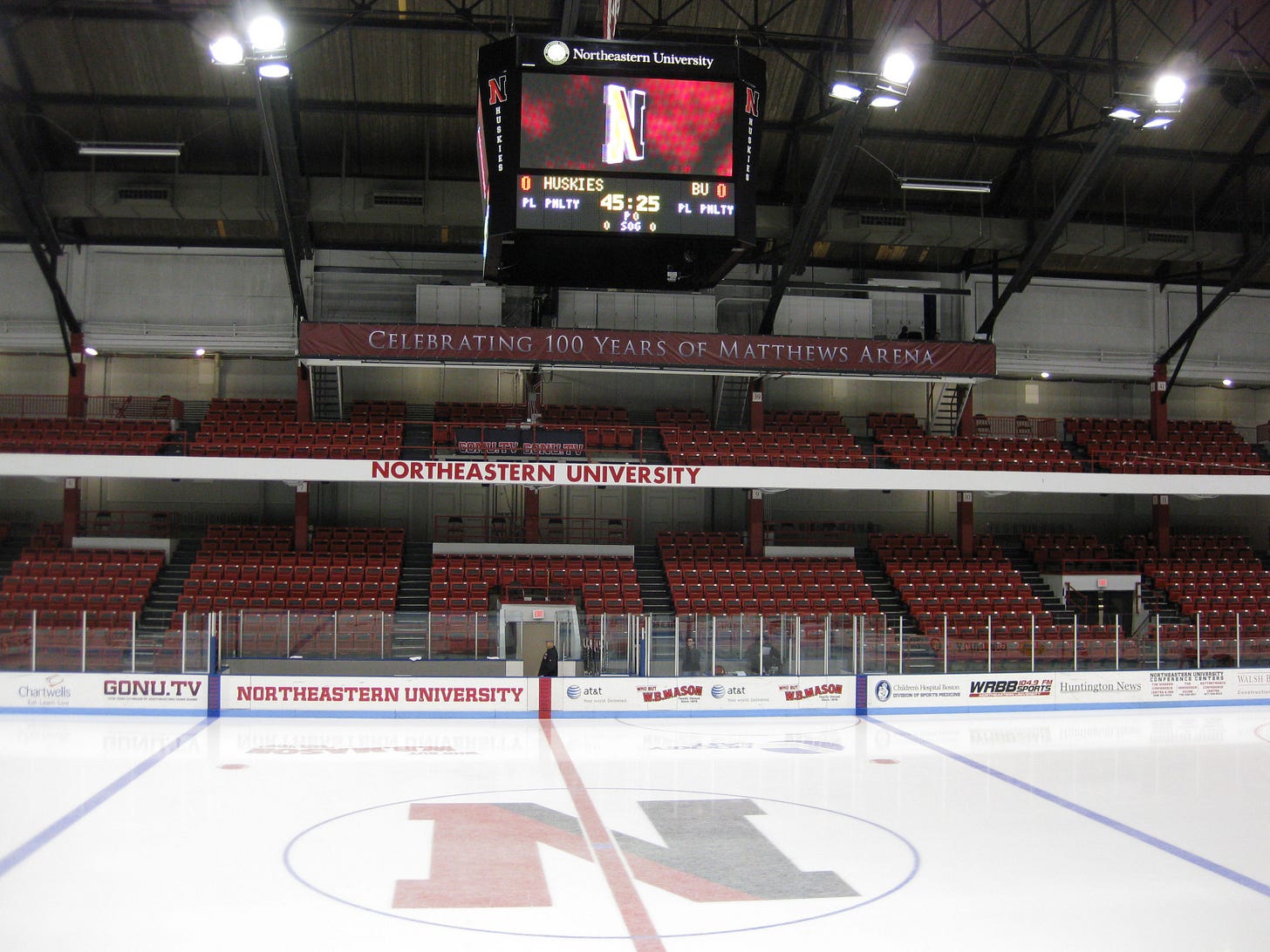I love when coaches allow their players to have free range in games; it is not easy to let go of control as a coach, and in some cases, it is hard for some players to play with free range. In my experience, adults like to move into some sort of organization that has an appearance of being “neat”; players are then conditioned to do what they are told, and often seek direction with no ability to think for themselves.
Think of all the organizational tools we have at our disposal, from spreadsheets and word processors to creating drills online and having gym routines planned out for us (shoutout to Michael Anderson, my online coach and former co-worker). We like to be organized in things that we do. I am suggesting that practices are okay to look like chaos and your players should be allowed to have a bit of freedom when you coach.
Our focus as coaches has gone towards trying to develop players by decomposition of techniques and the game itself. Drills have become scripted; players never have to figure out solutions to the puzzle on their own. Instead, they are left looking to the coach for direction on things they do not know the answer to. This leads to insufficient “hockey IQ.”
The knowledge within the game becomes apparent when players understand how to manipulate time and space to their advantage. The question now becomes: how can we develop players to be better at making those decisions?
We can go back to Ecological Dynamics and apply the principle of Non-Linear Pedagogy by using the methodology, Constraints-Led Approach. This gives us the ability to manipulate training sessions to elicit behaviors that we want players to develop without direct instruction.
In the Constraints-Led Approach, we can manipulate three items:
Task, Environment, Individual
Focusing on Task:
The Time Constant
How can we manipulate time to be a task constraint? In my opinion, this is a constraint that is often mis-used or just misunderstood. How do players develop that sense of poise when the game is on the line? How can we give these players the experience in a practice where it is game-like? If we play a power-play game, how often do we set the stage by giving a time constraint?
Space Invaders
I’m not talking about the old arcade game! I’m talking about our players being puck seekers and invading the space of our opponents. How can we get all of our players to want the puck?
Modified spaces induce different types of reactions to a puzzle that we have given our players. Smaller practice space also elicits faster decision making skills; they offer more repetitions that are not repetitive. Different situations that may be occurring in the game.
Rulers of the World have Goals
What are your goals for your players? Do they evolve or are they always the same? What are the Rules or Instructions for each of the drills that you have designed for your players? Do they allow them to succeed easily, or do they challenge the players to make appropriate decisions? Setting the rules can dictate many different changes. We don’t even have to change the shape of the drill!
Still Curious?
You should check out some of my favorite people on this subject









